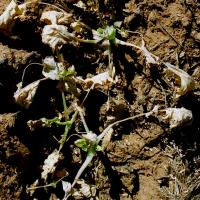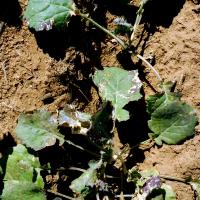| Group L Bipyridyls chemical name | Example trade name |
|---|---|
| Diquat | Reglone |
| Paraquat | Gramoxone |
| Diquat+paraquat | SpraySeed |
| Group G Aryl triazalinone chemical name | Example trade name |
|---|---|
| Carfentrazone | Affinity Hammer |
| Group G Diphenyl ethers chemical name | Example trade name |
|---|---|
| Oxyfluorfen | Goal |



